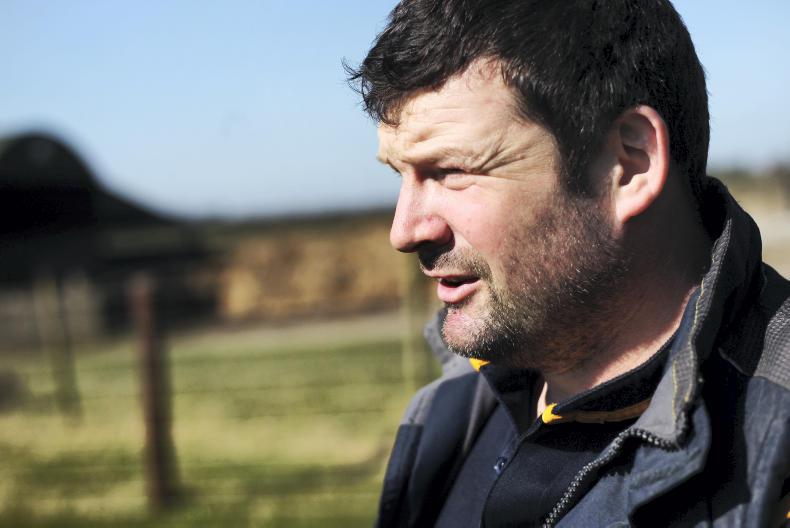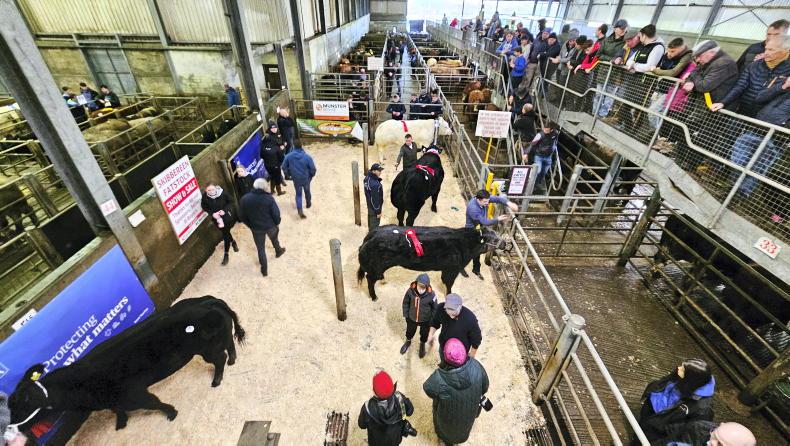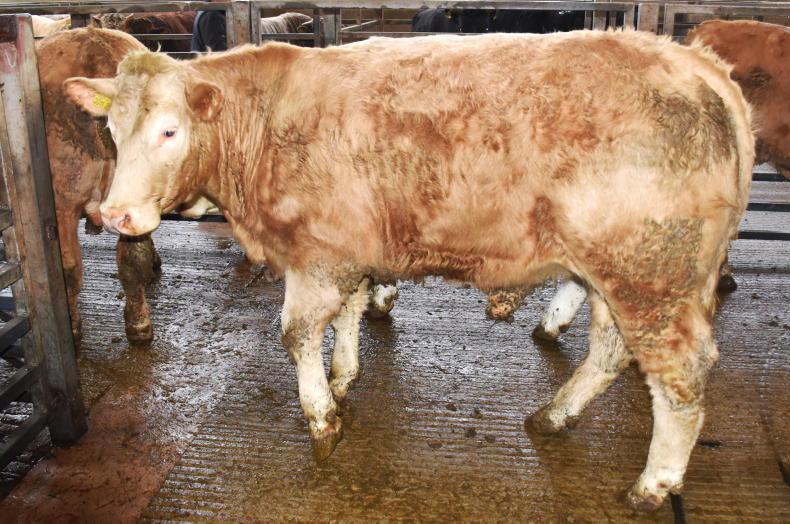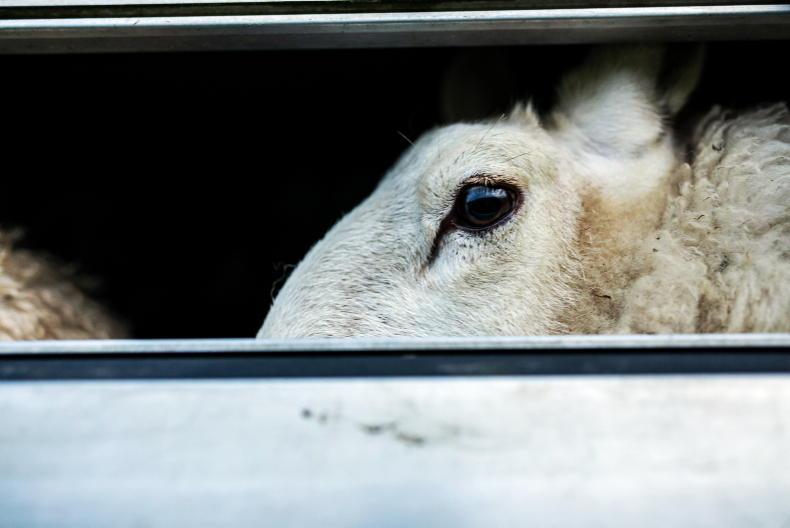As we enter into the autumn months, the numbers of lambs remaining on the farm are declining.
Lambs continue to be drafted as they come fit for slaughter. At present, I have about 65% of the lambs sold which is an improvement from this time last year. I wasn’t very happy with the killout of my last load of lambs to the factory – these, however, hadn’t been introduced to meal prior to going and with the shorter days this time of year I feel that the grass probably doesn’t have the same finishing power as it does during the summer months.
As I mentioned last month, I was going to introduce some meal to the remaining ram lambs, which I did last week in an effort to get them moving off the farm a bit quicker and improve their kill-out.
As they have done most of their growing at this stage, I shouldn’t need to feed a large amount to finish them from now. I will probably introduce creep to the remaining ewe lambs over the next few weeks as well.
The forage crops that were sown after the barley were harvested in August and are making good progress. This will help to keep some of the stock outside for a considerable period into the winter, thus helping to reduce my silage and straw requirement. At present, there are about 30 days grazing. I got out a bag of SulCAN/acre out across the farm in the first week of the month in an effort to get a good bank of grass built up for the autumn.
As we move towards October, I will be drawing up my plan for closing the fields for the winter rest period so that I have adequate grass built up for ewes and lambs by next spring. My first priority will be to graze the sheltered paddocks that will be needed for my first batch of ewes and lambs, followed by the fields most prone to flooding as these will go to waste if the weather turns bad early and I don’t get to graze them. These will be followed by the remaining fields closest to the yard working towards the furthest fields. Creating a grazing plan can be difficult to do as the breeding season gets under way here, with all the different breeding groups going around the farm, but having a plan in place makes the management a lot easier.
As usual, I will be using the ram effect to synchronise the natural service ewes for mating. I will probably set up a pen in the field with the ewes and leave in a couple of rams in it for 24 hours to tease them.
Another option would be to let the rams into the adjoining paddock for a similar amount of time. Once this is done, some ewes will show heat almost immediately. This will be a silent heat, which means that the ewe, while in heat, will not outwardly show signs of being in heat. The remainder of the ewes will come into heat six days later. This will also be a silent heat.
At this stage, the ewes’ reproductive system will have been kickstarted and the target date for joining the rams will be 14 days after the initial ram introduction. About 30% to 40% of the ewes should be cycling at day 17 and the remainder should be cycling six days later. All going to plan, this should lead to a compact lambing in the spring.










SHARING OPTIONS